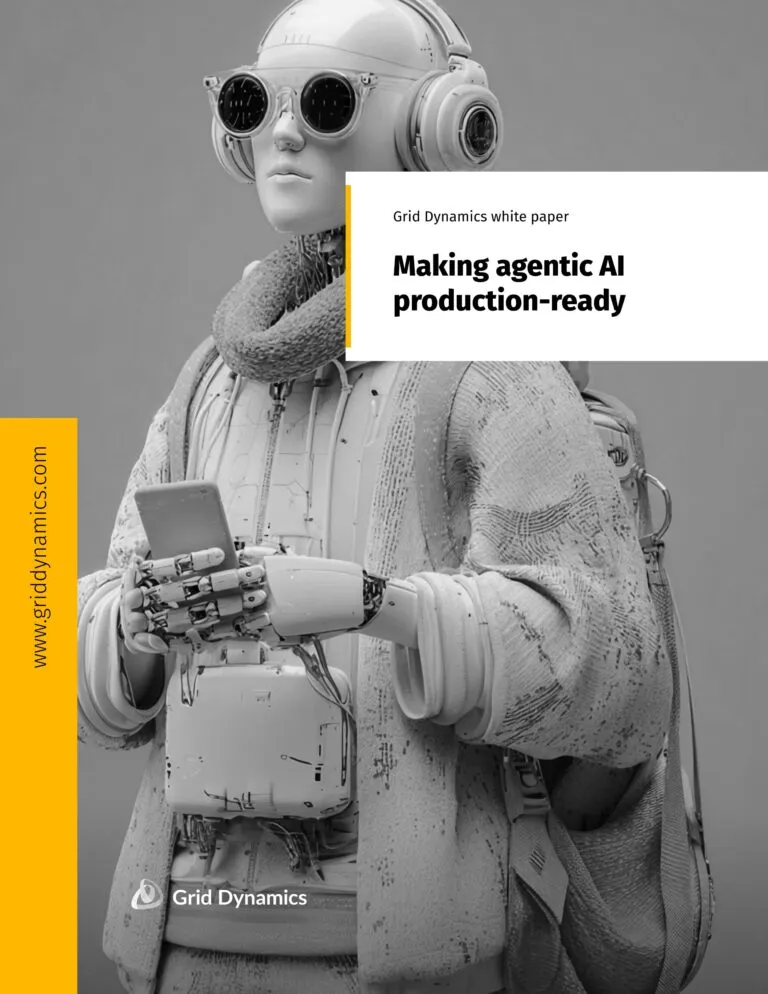Attention retail leaders!
Do you want to deliver personalized recommendations and tailored promotions that speak directly to each shopper’s needs? Could optimized product descriptions and comparisons help customers make purchase decisions more confidently? Do you need to streamline checkout and roll out new features faster so customers can complete their purchases without friction? Would resolving customer inquiries with minimal human intervention improve both satisfaction and efficiency?
These are just some of the challenges that AI agents are already solving in retail today. And when paired with a robust foundation like composable commerce, their impact multiplies.
Composable commerce offers a flexible, scalable architecture with modular Packaged Business Capabilities (PBCs) that manage specific functions, while agentic AI brings the intelligence to orchestrate them dynamically. It’s no coincidence that 77% of organizations advanced in their composable journey already use AI, compared to just 36% of those still in the early stages.
Download this e-book to see how agentic AI adds autonomous intelligence to CMS, search, OMS, personalization, and payments, while benefiting from the agility of composable architecture.
Why agentic AI and composable commerce are better together
When agentic AI meets composable commerce, static systems start thinking, adapting, and creating in real time.
Composable commerce provides the perfect foundation for agentic AI
Agentic AI can’t thrive in tightly coupled systems. To operate autonomously, agents need modularity, interoperability, and adaptability. The kind that only a composable strategy built on MACH principles can deliver: Microservices, API-first, Cloud-native, and Headless. Then simply throw in a Model Context Protocol (MCP) to help agents understand and interact with PBCs and orchestrate connected customer experiences.
Agentic AI orchestrates real-time customer journeys
Most PBCs (CMS, search, commerce, and more) still depend on static rules and preconfigured workflows. With agentic AI, you can turn them into intelligent, self-orchestrating business functions that instantly adapt to changing customer expectations. Context-aware agents evaluate behavior, trigger flows, and execute actions in real time to meet modern customer expectations.



